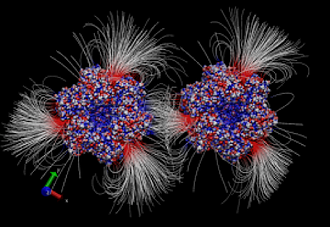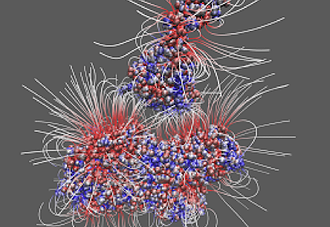GET TO KNOW US
Nowadays, computational physics plays significant role in understanding biological processes in various biology systems and provide new tools to investigate human diseases. My research has been focused on developing computational programs and packages as well as applying them to model biological systems which are important to human health. One of the most important and challenging biological systems I am interested in is the molecular motor system. I am also quite interested in many other biologically important systems, especially large biological objects which are over 1000Å and involve multiple proteins or other molecules.

Computational Physics
Nowadays, computational physics plays a significant role in understanding biological processes in various biology systems and provide new tools to investigate human diseases. My research has been focused on developing computational programs and packages as well as applying them to model biological systems which are important to human health. One of the most important and challenging biological systems I am interested in is the molecular motor system. I am also quite interested in many other biologically important systems, especially large biological objects which are over 1000Å and involve multiple proteins or other molecules.

Virus Capsids
Virus capsids are assembled by capsomer periodically. In order to reveal the mechanisms of the virus capsids assembly pathway, we simulate the process of the virus capsid assembly by using several numerical approaches. We are aiming at two goals: 1. Exploring the possible binding modes between two capsomers; 2. Revealing how the single capsomer binds to existing capsid segment during the capsid assembly.

Dynein
Dynein is an important molecular motor which transports cargos along microtubules in the cell. Dysfunction of dynein leads to many serious diseases. However, the large size of the dynein and microtubule system makes it extremely challenging to study the atomic details of the dynein’s motilities. Several computational approaches are developed and applied to study the dynein at different levels. Our simulations demonstrate that the long range electrostatic interaction plays several essential roles during dynein’s motion. The electrostatic forces control dynein’s binding position and orientation in each step. Meanwhile, strong evidences indicate that the electrostatic binding affinity is also a key factor to determine dynein’s velocity and run length. Mutations which change the binding affinity of dynein and microtubule significantly affect dynein’s velocity and run length.
